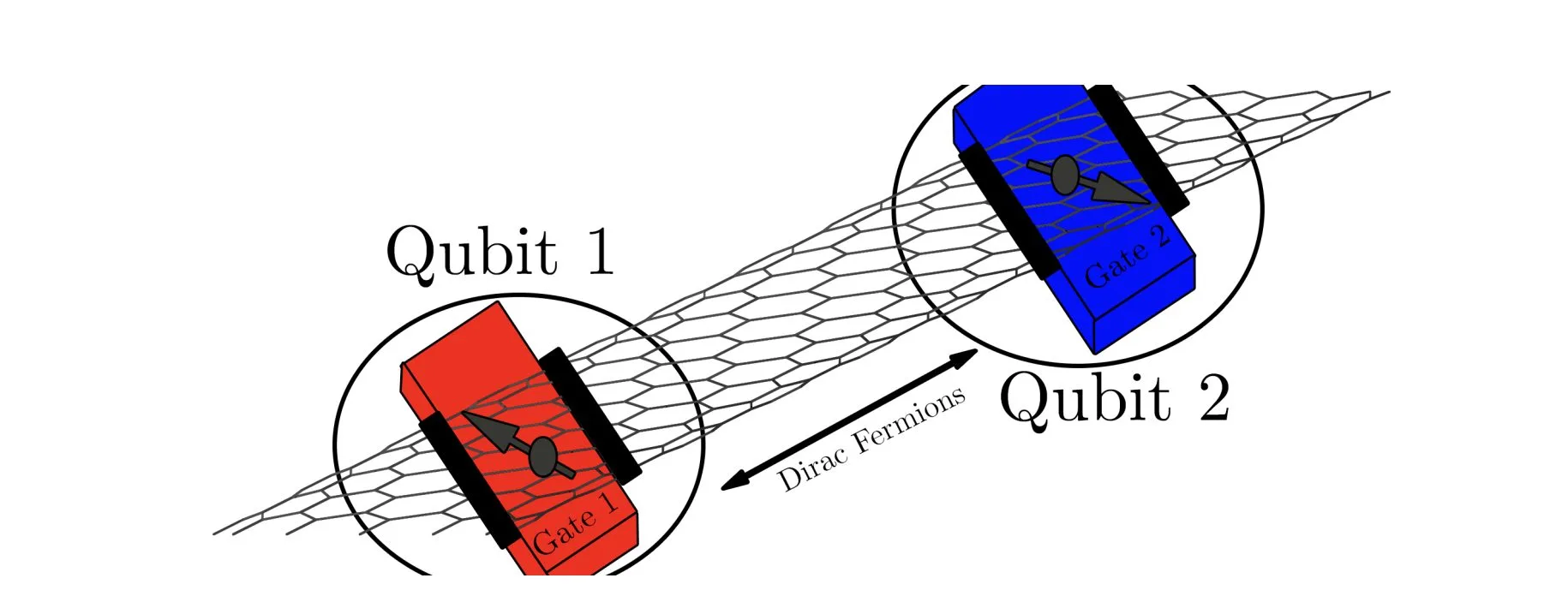Unruh-DeWitt (UDW) detectors, initially conceived as a thought experiment, are now being used in quantum computing. These detectors model an accelerating qubit in a vacuum and are used in various fields such as cosmology, high energy physics, and condensed matter physics. UDW detectors have demonstrated quantum information channels with nonzero channel capacity between qubits and quantum fields, providing a framework for Unruh-DeWitt quantum computers.
The ability to control the timing of UDW detectors opens up new possibilities for studying complex quantum systems and propagating quantum information, paving the way for all-to-all connected solid-state quantum computers.
What are Unruh-DeWitt Quantum Computers and Why are They Important?
Unruh-DeWitt (UDW) detectors, named after physicists William Unruh and Bryce DeWitt, were initially conceived as a thought experiment to model an accelerating qubit in a vacuum. Unruh demonstrated that an accelerating observer would perceive the ground state of a quantum field as a mixed state, leading to a loss of quantum information. This concept has since been extended and applied in various fields such as cosmology, high energy physics, and condensed matter physics.
In cosmology, UDW detectors are used to model information in highly accelerated frames of reference, such as in and around black holes. High energy theorists use them without acceleration to study quantum information flow via quantum fields, a field known as relativistic quantum information. In condensed matter physics, experimentalists use UDW detectors, such as nitrogen-vacancy centers and superconducting interference devices, as quantum sensors to detect electromagnetic fields produced by a wide variety of systems, from quantum materials to systems outside of condensed matter like cancer cells.
How Can Unruh-DeWitt Detectors Advance Quantum Computing?
The UDW detector model has been successful in demonstrating quantum information channels with nonzero channel capacity between qubits and quantum fields. These detector models provide the necessary framework for experimentally realizable Unruh-DeWitt quantum computers with near-perfect channel capacity. The researchers propose spin-qubits with gate-controlled coupling to Luttinger liquids as a laboratory setting for Unruh-DeWitt detectors and explore general design constraints that underpin their feasibility in this and other settings.
The ability to turn the coupling of UDW detectors to their environment on and off rapidly is a feature that theorists require. Consider a spin qubit coupled to a one-dimensional wire modeled as a Kondo-like impurity. Turning the Kondo-like coupling on and off rapidly turns it into an emitter that sends signals through the wire, signals to be picked up by another such spin qubit acting as a detector. The net result of this communication amounts to a quantum gate that acts unitarily on the combined qubit-wire system.
What are the Practical Applications of Unruh-DeWitt Detectors?
In addition to their theoretical importance, UDW detectors have practical applications in quantum computing and communication. Timing-controllable UDW detectors would allow the study of complex quantum systems in a new way. Careful construction of quantum information channels through these systems allows for the propagation of quantum information, offering clear benefits to quantum technology.
The researchers present several experimental scenarios, including graphene ribbons, edge states in the quantum spin Hall phase of HgTe quantum wells, and the recently discovered quantum anomalous Hall phase in transition metal dichalcogenides. Theoretically, through bosonization, they show that Unruh-DeWitt detectors can carry out quantum computations and identify when they can make perfect quantum communication channels between qubits via the Luttinger liquid.
What Does the Future Hold for Unruh-DeWitt Quantum Computers?
The researchers’ results point the way toward an all-to-all connected solid-state quantum computer and the experimental study of quantum information in quantum fields via condensed matter physics. The possibility that a quantum wire could achieve such communication dates back to at least as early as 2007. Control over timing, therefore, enables the UDW detector to emit and receive quantum information.
The design of an all-to-all connected solid-state quantum computer, where gates can be applied to distant qubits enabled by communication via quantum coherent wires, is a significant step forward in the field of quantum computing. This research opens up new avenues for future investigations into the practical applications and theoretical implications of UDW detectors in quantum computing.
Conclusion
The study of Unruh-DeWitt detectors and their application in quantum computing is a rapidly evolving field. The ability to control the timing of UDW detectors and their coupling to their environment opens up new possibilities for the study of complex quantum systems and the propagation of quantum information. This research provides a solid foundation for the development of all-to-all connected solid-state quantum computers and the experimental study of quantum information in quantum fields. The future of quantum computing looks promising with the continued exploration and development of UDW detectors.
Publication details: “Design constraints for Unruh-DeWitt quantum computers”
Publication Date: 2024-04-10
Authors: Eric W. Aspling, John A. Marohn and Michael J. Lawler
Source: SciPost physics core
DOI: https://doi.org/10.21468/scipostphyscore.7.2.019

